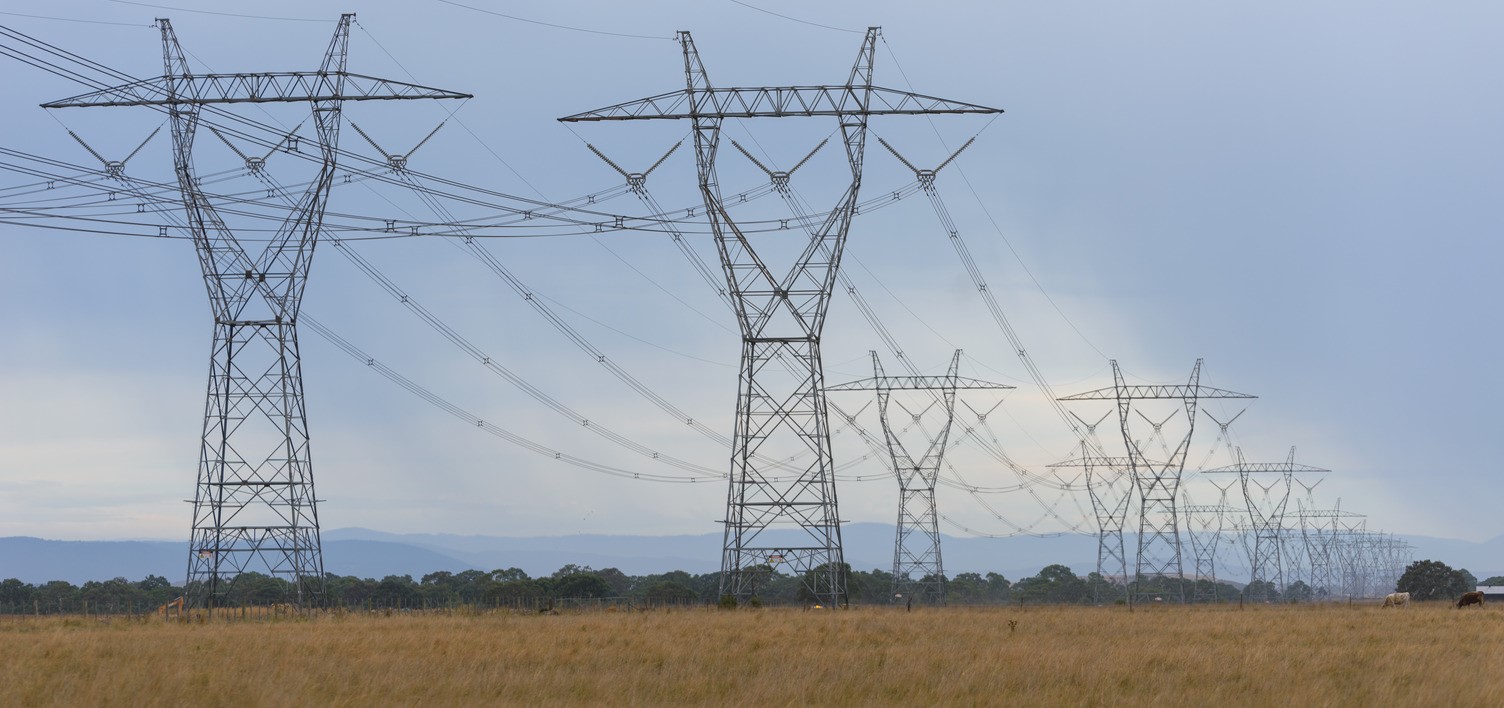Easements within the transmission network
A vast network of transmission lines has been built across Victoria to ensure electricity reaches homes and businesses across the state.
Our lines carry electricity at extra high voltages 220,000 volts (220kV) to 500,000 volts (500kV) from the power stations and renewable sources to the major load centres. From here the voltage is transformed and local distribution companies then supply it to homes and businesses.
Most of our conductors are supported by steel towers. The grounds that house the towers and lie under the conductors are known as transmission line easements. There are 6,500 kilometres of transmission lines crossing a total area of about 17,500 hectares of easements across Victoria.
It’s our job to maintain the transmission system and the easements provide easy and constant access to the lines for maintenance, repairs and construction. The easements are also important for community safety and certain activities cannot be carried out within easements for safety purposes.
One of our highest priorities is to eliminate potential electrical or fire hazards for the safety of the public and landowners, and the electricity system in general. Another major priority is to protect and nurture the ecosystems, flora and fauna that inhabit the easements.
Underground transmission cable
While most of our transmission lines are constructed on steel towers, we also have a significant number of 220kV transmission cables installed underground.
Prior to starting any work involving digging, excavating, changing ground surface cover or driving of stakes or posts into the ground, a Dial Before You Dig enquiry must be made to prevent damage to underground transmission lines.

Making an enquiry about an easement
To enquire about an easement on your property, or on a property you may be considering buying, please contact us on transmissionprojects@ausnetservices.com.au with the details of the property and what you are planning to use the easement for.
Easement policy
As part of our role and responsibilities within the energy system, we have developed an easement policy that takes into account our legislative responsibilities and the interests of the Victorian community.
This policy dictates that we will:
- Create awareness of our easement policy through promotion to landowners, land managers and the wider community.
- Recognise and observe planning and environmental constraints.
- Consult with local authorities, governments and interest groups on vegetation management.
- Provide advance notice of our activities wherever practical and consult with land users, local authorities and others who have an interest in our activity.
- Minimise fire, safety and security risk within our easements.
- Minimise disturbance to landowners and occupiers by limiting the frequency of visits.
- Retain the services of an arborist to provide expert advice on vegetation and flora.
- Encourage property owners, land managers and community groups to plant native species in the vicinity of powerlines.
- Replace incompatible tall-growth species of vegetation with lower-growing local native varieties.
- Remove tall trees adjacent to easements that have the potential to cause line damage or fire.


